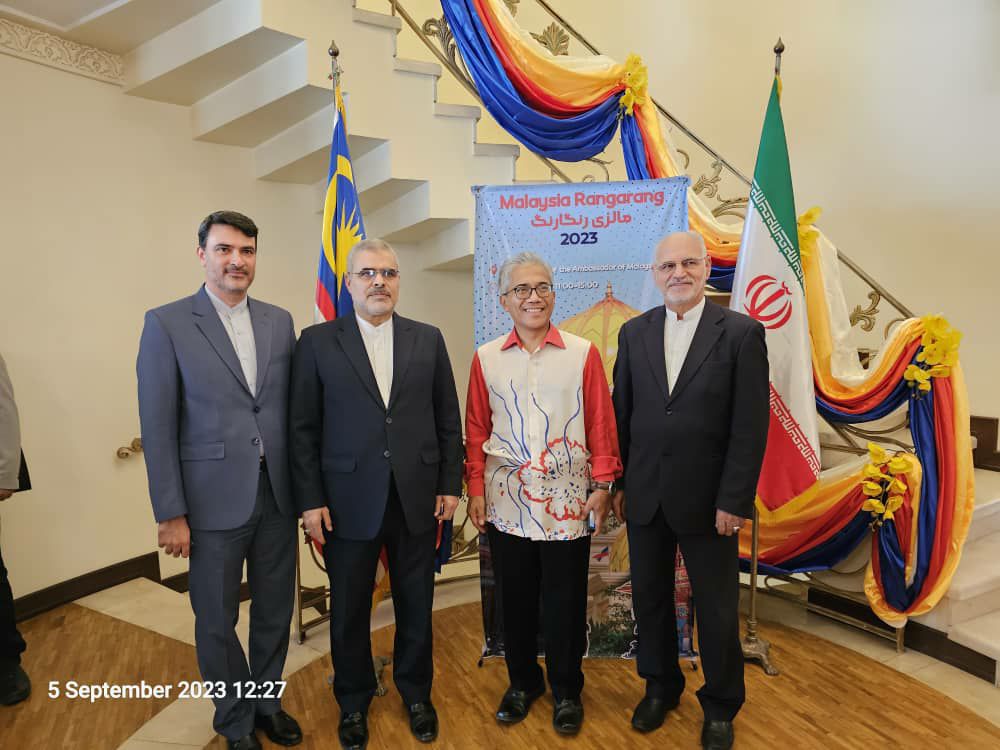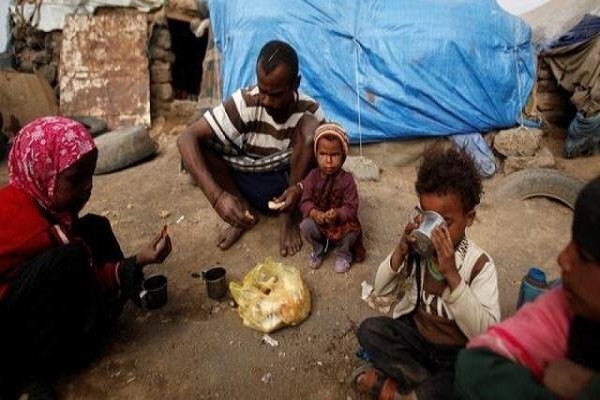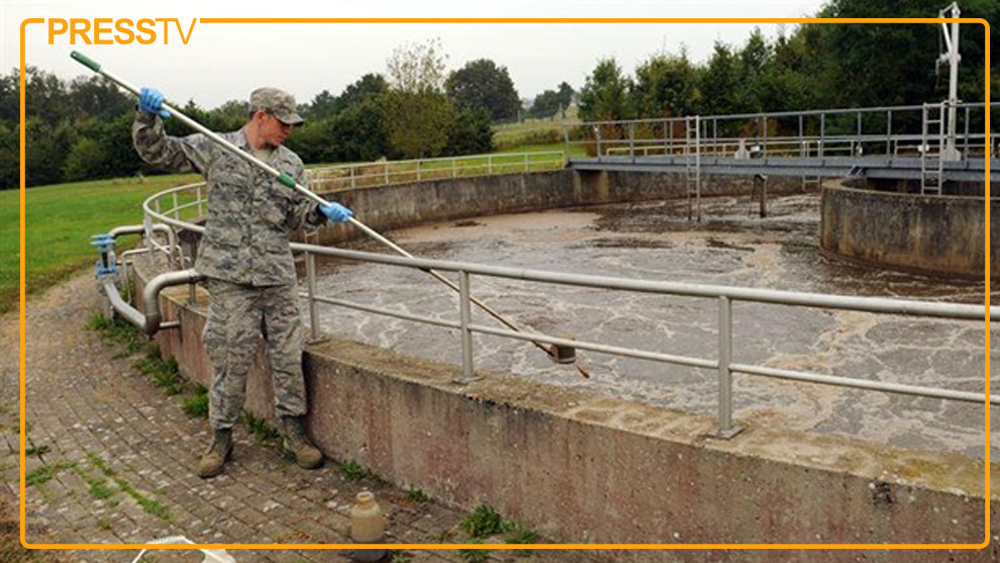Iran’s Non-Oil Trade Reaches $130b
TEHRAN (Iran News) Faroud Asgari, Deputy Minister of Economy and Head of IRICA, provided a detailed breakdown of the country’s trade performance, highlighting growth in both export and import activities despite ongoing economic challenges.
Iran’s total non-oil trade for the year amounted to 191.2 million tons, reflecting a 7.63% increase in volume compared to the previous year. The export share stood at 151.9 million tons, while imports accounted for 39.2 million tons.
Exports rose by 15.62% in value to $57.84 billion, while imports increased by 8.22%, reaching $72.38 billion. In terms of volume, exports showed a 10% rise, whereas imports declined slightly by 1%.
Iran’s petrochemical sector played a crucial role in boosting exports. Asgari reported that 61.6 million tons of petrochemical products, valued at $24.91 billion, were exported last year. This represents a 27% increase in volume and a 28% rise in value from the previous year.
The top three exported commodities were: Natural gas – $6.87 billion; Liquefied propane – $3.64 billion; and liquefied butane – $2.21 billion.
Iran’s exports were mainly directed to seven countries, led by China with $14.85 billion in purchases. The other key destinations included: Iraq – $11.94 billion; United Arab Emirates (UAE) – $7.20 billion; Turkey – $6.89 billion; Pakistan – $2.42 billion; Afghanistan – $2.41 billion; and India – $1.90 billion
These nations accounted for the bulk of Iran’s export revenues, driven largely by energy, petrochemical, and agricultural products.
On the import side, raw gold led the list of top imported goods, with a value of $8.05 billion. Other major imports included: Animal feed corn – $2.98 billion; Smartphones – $2.40 billion; Soybean meal – $1.95 billion; Soybeans – $1.32 billion; Heavy-duty vehicles (tractors and trucks) – $1.27 billion; Rice – $1.27 billion; and car parts for assembly – $1.05 billion
These goods reflect both the country’s industrial needs and consumer market demands.
Iran’s key import partners in 1403 were: United Arab Emirates (UAE) – $21.98 billion; China – $19.33 billion; Turkey – $12.47 billion; Germany – $2.43 billion; India – $1.75 billion; Hong Kong – $1.39 billion; and Russia – $1.35 billion.
The data underscores the continued reliance on regional and global trade partners, with China and the UAE maintaining their positions as Iran’s top economic allies.
Despite sanctions and economic constraints, Iran’s non-oil trade in 1403 showed solid growth in both value and volume. The positive trade balance in some sectors, especially petrochemicals and energy derivatives, demonstrates the country’s efforts to diversify its exports and reduce dependence on crude oil sales.
Officials remain hopeful that with ongoing trade diplomacy and regional economic partnerships, Iran will continue to build on this momentum in the year ahead.
- source : IRAN NEWS ECONOMIC DESK






























